
Textile Museum Tilburg
A restored factory showcasing industrial heritage and cutting-edge textile art, featuring a working design studio.
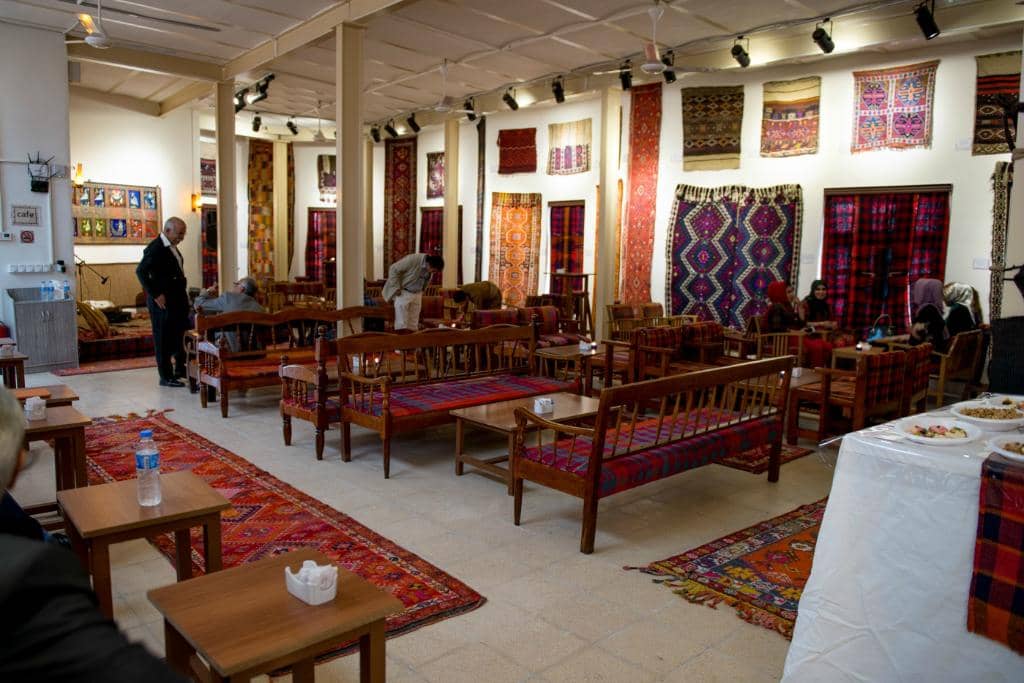
Highlights
Must-see attractions
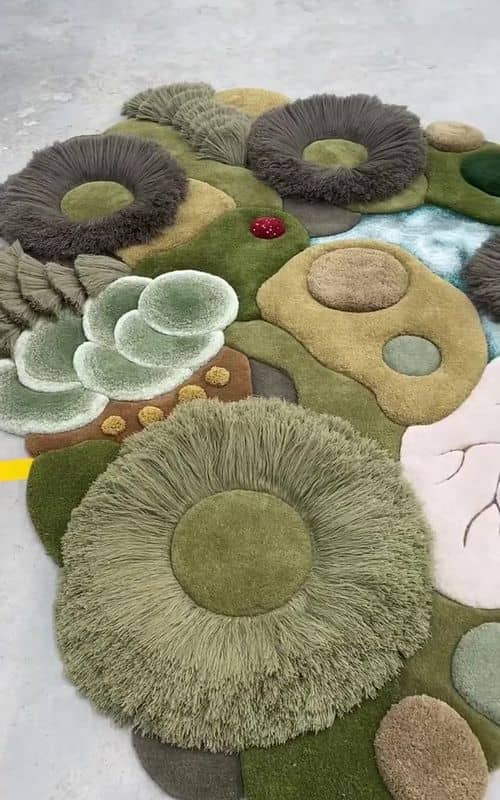
Social
From TikTok & Reddit
Best Time
Fewer crowds, more focus

Textile Museum Tilburg
Best Time
Fewer crowds, more focus

Highlights
Must-see attractions
A restored factory showcasing industrial heritage and cutting-edge textile art, featuring a working design studio.
"A hidden gem in Tilburg! Blends industrial history with modern design in a stunning way."
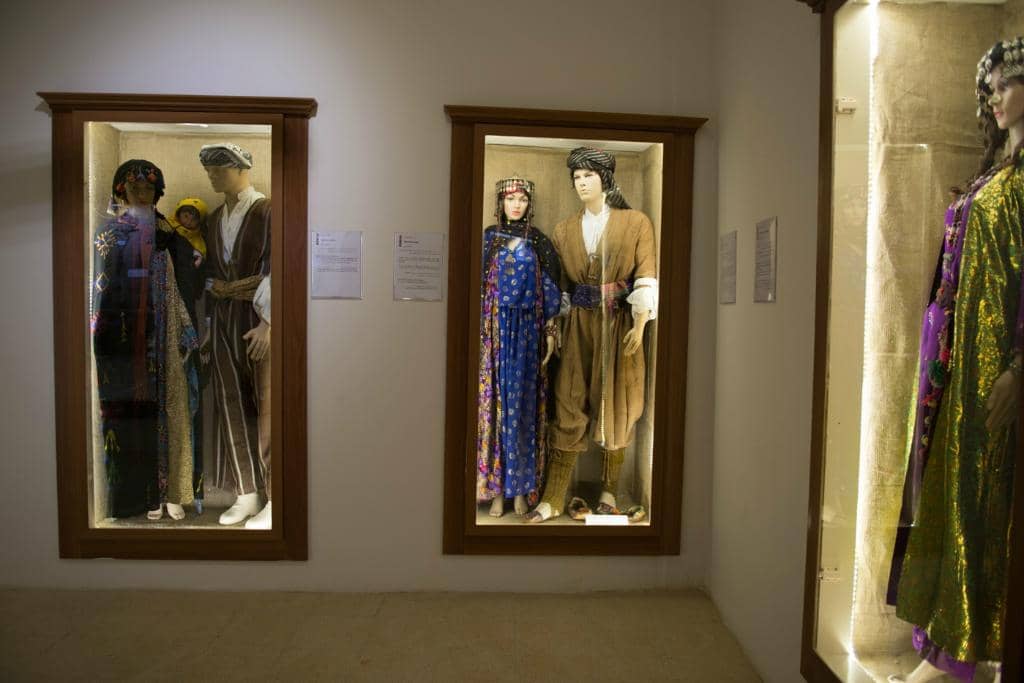
⏳ Allow ample time
Don't rush! The museum is rich with history and interactive exhibits.
☕ Enjoy the TextielCafe
A great spot to relax and refuel with delicious food and drinks.
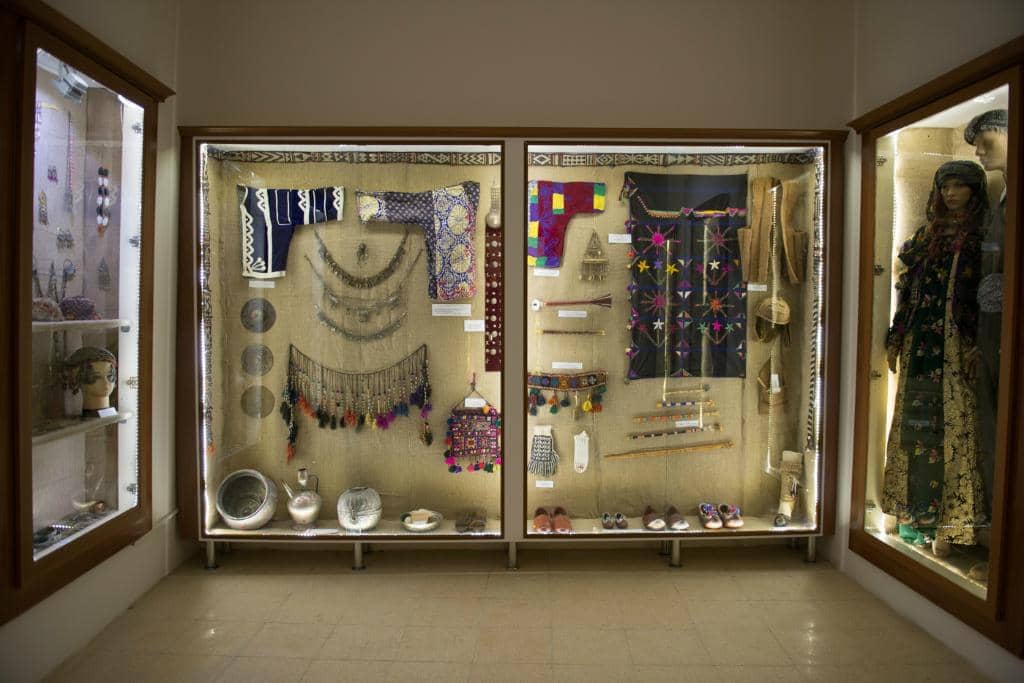
Highlights
Discover the most iconic attractions and experiences
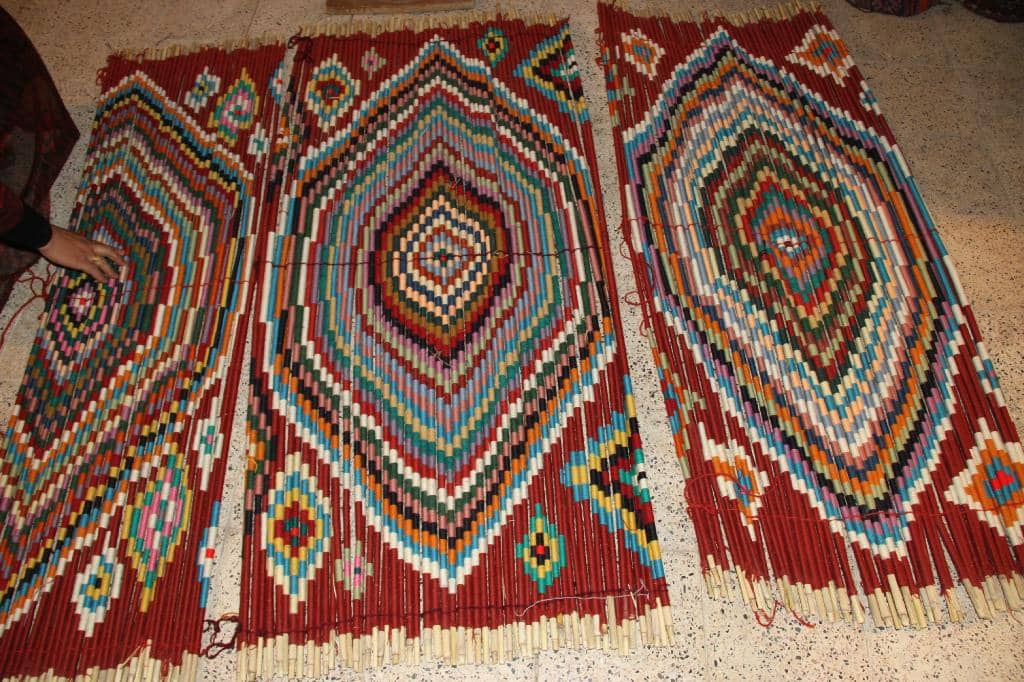
The TextielLab
Working Design Studio
Witness a vibrant hub where designers and artists create cutting-edge textile art using modern and traditional machinery.
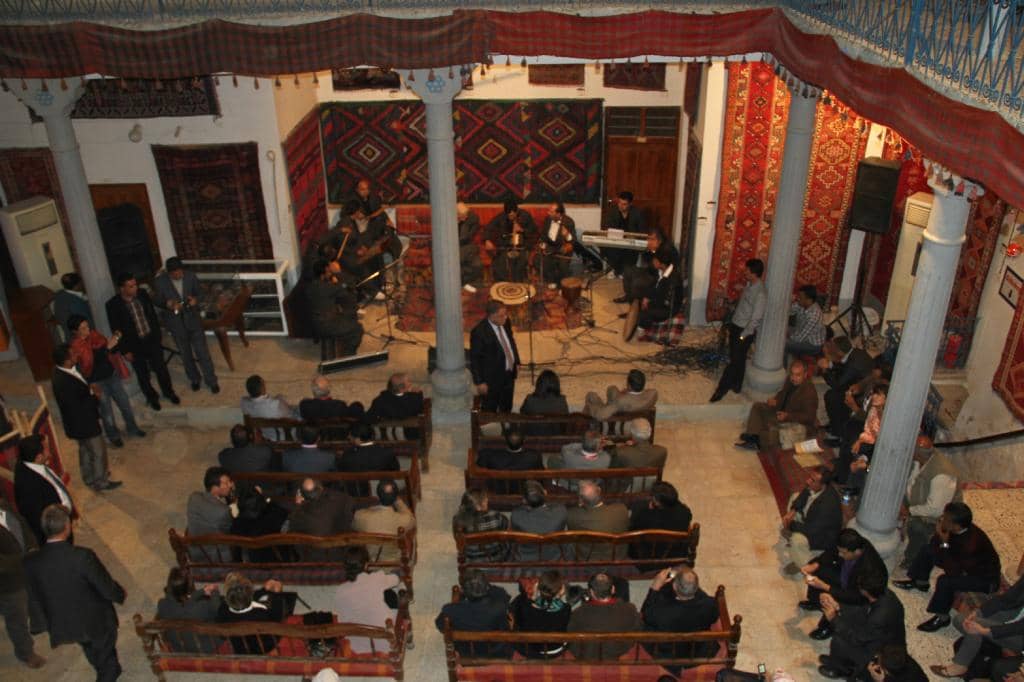
Magdalena Abakanowicz Exhibition
Temporary Exhibition Space
Explore the powerful and monumental fiber art of Polish artist Magdalena Abakanowicz, known for her unique approach to textiles.
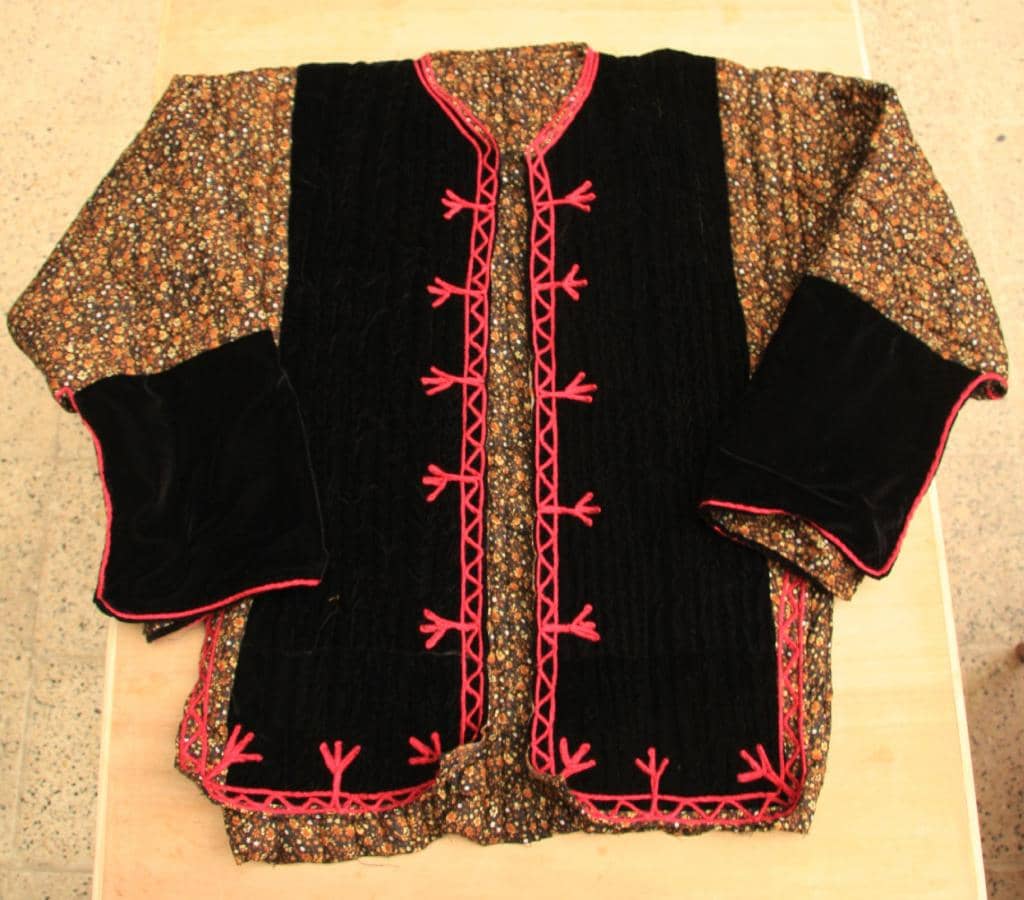
Historic Textile Machinery
Museum Floor
Marvel at impressive, large-scale looms and other industrial machines that showcase the rich history of textile production.
Plans like a pro.
Thinks like you
Planning Your Visit
Embrace the Industrial Charm
Plan for Interactive Exploration
Best Times
Insider Tips
from TikTok, Instagram & Reddit
⏳ Allow ample time
Don't rush! The museum is rich with history and interactive exhibits.
☕ Enjoy the TextielCafe
A great spot to relax and refuel with delicious food and drinks.
📸 Capture the details
The intricate designs and textures are incredibly photogenic.
💡 Engage with exhibits
Many displays are interactive, offering a deeper understanding.
Tips
from all over the internet
⏳ Allow ample time
Don't rush! The museum is rich with history and interactive exhibits.
☕ Enjoy the TextielCafe
A great spot to relax and refuel with delicious food and drinks.
📸 Capture the details
The intricate designs and textures are incredibly photogenic.
💡 Engage with exhibits
Many displays are interactive, offering a deeper understanding.
What Travellers Say
Reviews Summary
Visitors consistently praise the Textile Museum Tilburg for its unique blend of industrial history and modern textile art, with many highlighting the fascinating TextielLab and impressive machinery. The beautiful setting in a restored factory and the engaging exhibits are frequently mentioned positives. However, some guests have expressed discomfort with politically charged artworks displayed without sufficient context, suggesting a need for clearer explanations to ensure an inclusive experience.
"Fantastic museum housed in a historic building that adds to the atmosphere. The exhibits are informative and interactive. Additionally, everything on display is absolutely gorgeous. The artists behind these works are immensely talented and have great attention to detail. The cafe is also great. A clean, fascinating, and well laid-out museum that I can recommend to all!"
Yusuf Kajee
"I was quite impressed until I reached the second floor. The temporary exhibition included a piece with a political message, which I found unexpected in this context. While I respect artistic freedom, the museum should provide more context when presenting works that touch on sensitive topics. This would understand the intent behind such displays and maintain inclusive spirit I am hoping the staff is aiming for."
Julia Reznik
"I really enjoyed it. I came to see the exhibition of Magdalena Abrakamowicz but I stayed longer, as I was fascinated by how the huge loom machine works, the examples, and the old loom machines.
Really interesting museum for everyone not only adults."
JU Czabak
What People Like
What People Dislike
Frequently Asked Questions
🚇 🗺️ Getting There
The Textile Museum Tilburg is easily accessible by public transport. From Tilburg Central Station, you can take a bus or enjoy a pleasant walk (approximately 20-25 minutes). If driving, there is parking available nearby.
Yes, the museum is generally wheelchair accessible, with ramps and elevators to navigate between floors. It's always a good idea to check their official website for the most up-to-date accessibility information.
Opening hours can vary, so it's best to check the official Textile Museum Tilburg website before your visit. Typically, they are open Tuesday through Sunday, with potential variations on public holidays.
Absolutely! Tilburg is a manageable day trip from Amsterdam. The train journey takes about an hour, making it feasible to explore the museum and the city within a single day.
Yes, there are parking facilities available near the museum. However, it's advisable to check for specific parking regulations and costs in the area beforehand.
🎫 🎫 Tickets & Entry
Ticket prices can vary, and it's recommended to check the official Textile Museum Tilburg website for current admission fees. They often offer concessions for students, seniors, and children.
Yes, purchasing tickets online in advance is usually recommended, especially during peak seasons, to secure your entry and potentially save time.
The museum frequently hosts temporary exhibitions featuring renowned textile artists and diverse themes. Check their website for current and upcoming exhibitions like Magdalena Abakanowicz.
Guided tours may be available, offering deeper insights into the collections and the museum's history. Inquire at the information desk or check their website for tour schedules and booking information.
Information on memberships or annual passes, if available, can be found on the museum's official website. These often provide benefits like free entry and discounts.
🎫 💡 Onsite Experience
The TextielLab is a unique, working design studio within the museum where designers and artists experiment with textile techniques and machinery, often creating new works.
Yes, the museum features a fascinating blend of historic and modern machinery, with many of the looms and other textile equipment actively demonstrated or in use by designers in the TextielLab.
You can expect to see a wide range of textile art, from historical pieces and traditional weaving to contemporary installations and experimental fiber art by artists like Magdalena Abakanowicz.
Yes, the museum is engaging for all ages. The interactive elements and the sight of working machinery can be particularly fascinating for younger visitors.
Photography for personal use is generally permitted, but it's always best to check for any specific restrictions, especially in temporary exhibition areas. Tripods and flash photography might be prohibited.
🍽️ 🍽️ Food & Dining
Yes, the museum has a cafe, the TextielCafe, which offers a pleasant place to enjoy refreshments, snacks, and light meals.
The TextielCafe typically offers a selection of coffees, teas, pastries, sandwiches, and light lunches, providing a good option for a break during your visit.
Tilburg city center, a short walk or bus ride away, offers a wide variety of restaurants, cafes, and eateries to suit different tastes and budgets.
Generally, outside food and drinks are not permitted inside the museum galleries. It's best to consume your own food in designated areas or before entering the exhibition spaces.
While specific menus can change, cafes in the Netherlands often provide vegetarian options. It's advisable to inquire directly with the TextielCafe about their current vegetarian and vegan offerings.
📸 📸 Photography
The museum's architecture, the intricate details of the textiles, the working machinery in the TextielLab, and the art installations offer numerous photographic opportunities.
Tripod usage might be restricted to avoid obstructing other visitors or damaging exhibits. Always check the museum's photography policy upon arrival.
Flash photography is often prohibited in museums to protect delicate textiles and artworks from light damage. Please adhere to any signage regarding flash use.
Exhibitions featuring large-scale textile art, like Magdalena Abakanowicz's work, or those with vibrant colors and unique textures are usually very photogenic. The TextielLab itself is also a visually dynamic space.
Both smartphones with good camera quality and dedicated cameras with macro capabilities can capture the intricate details of textiles effectively. Good lighting is key.
For Different Travelers
Tailored advice for your travel style
👨👩👧 Families with Kids
Consider focusing on the more visually stimulating exhibits and the TextielLab. While some art pieces might have complex themes, the overall environment is generally welcoming to younger visitors. The TextielCafe also provides a convenient spot for a family break.
🎨 Art & Design Enthusiasts
Don't miss temporary exhibitions featuring prominent textile artists like Magdalena Abakanowicz, which provide deep dives into specific artistic visions. The museum's setting within a historic factory also adds an architectural layer to the appreciation of design and industrial heritage.
🏛️ History Buffs
The museum effectively connects the industrial past with contemporary textile practices, showing how heritage informs modern design. It's a place where you can learn about the craftsmanship and innovation that shaped industries and communities.
Deep Dives
In-depth insights and expert knowledge
The Heart of Innovation: The TextielLab
This lab is not just for show; it's a fully functional design studio and production facility. Collaborations with renowned designers, such as Mae Engelgeer for her 'VIVID' series, highlight the lab's role in pushing the boundaries of textile design. The opportunity to see this creative process unfold makes the museum a truly unique experience, offering a glimpse into the future of textile art and design.
For aspiring textile artists or anyone fascinated by the creation process, the TextielLab offers an unparalleled insight. It bridges the gap between historical techniques and contemporary innovation, showcasing how the textile industry continues to evolve.
A Tapestry of History and Modernity
This historical context is crucial to understanding the museum's mission. It not only preserves and displays significant textile artifacts but also celebrates the ongoing evolution of textile art and technology. Visitors can explore exhibits that range from historical garments and fabrics to contemporary works by leading artists, demonstrating the enduring relevance and versatility of textiles. The museum effectively showcases how Tilburg's own rich textile past has paved the way for its current status as a hub for textile innovation.
The integration of historical machinery with the modern TextielLab underscores this theme. It allows visitors to appreciate the craftsmanship of earlier eras while simultaneously witnessing the cutting-edge techniques being developed today. This blend ensures that the museum appeals to a broad audience, from history buffs to contemporary art enthusiasts.
Navigating Sensitive Art
These instances highlight a common challenge in contemporary art museums: balancing artistic expression with audience reception. Critics suggest that when politically charged works are presented, providing clear context and historical background is essential. This approach helps visitors understand the artist's intent and fosters a more inclusive and less divisive experience, rather than potentially implying endorsement of controversial viewpoints.
For visitors who prefer to focus solely on the artistic and technical aspects of textiles, it's advisable to check the museum's current exhibition schedule beforehand. This allows for informed planning and ensures the visit aligns with personal preferences regarding content.



Social
from TikTok, Instagram & Reddit